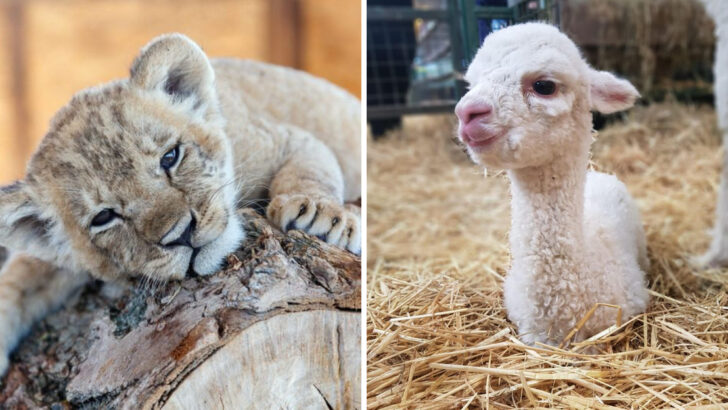Hold onto your heart, because these baby animals are about to steal it!
From fluffy furballs that make you swoon to tiny creatures that could fit in the palm of your hand, baby animals bring out the purest form of joy. Their big eyes and wobbly steps are enough to turn even the toughest hearts into mush.
You won’t believe how these little beings manage to be so irresistibly cute. Whether they’re playing, napping, or just looking at you with those innocent eyes, each moment is a reminder that nature’s most adorable creatures are here to make the world a little brighter.
Ready to dive into the cutest collection of baby animals the world has to offer? Prepare yourself – cuteness overload ahead!
Baby Elephant
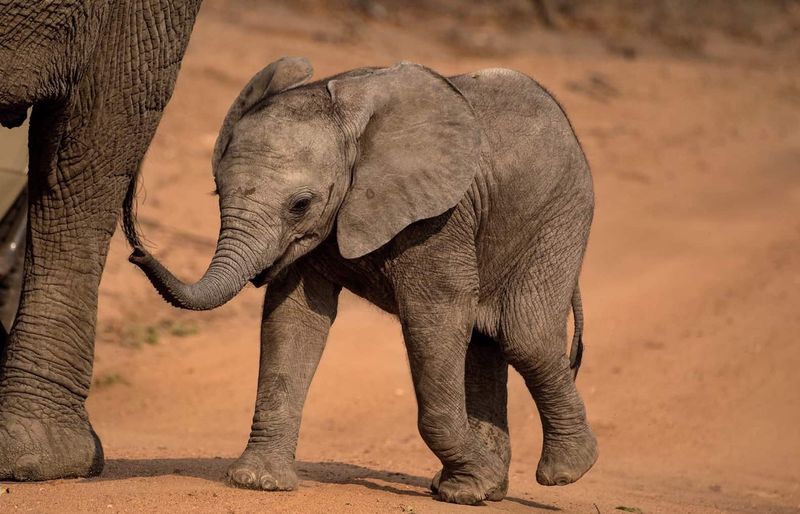
With ears almost as large as its body, the baby elephant is a sight to behold. These gentle giants are born into a world where play is not just a pastime but a necessity. Baby elephants, known as calves, weigh around 120 kilograms at birth.
They spend their days exploring the savannah under the watchful eyes of their mothers and aunts. Their playful antics, like splashing in waterholes and trumpeting with delight, make them incredibly endearing.
Their dependence on family for protection and learning highlights the importance of social bonds in the animal kingdom.
Panda Cub
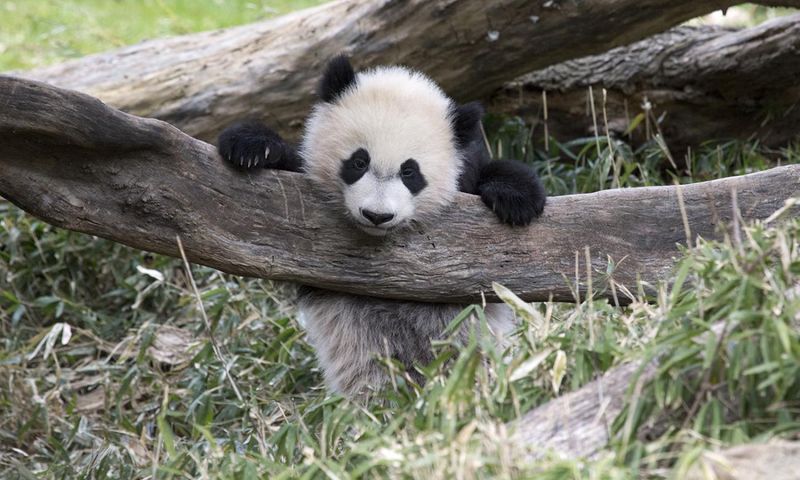
Panda cubs are born tiny and blind, but they grow into plump balls of fluff. Their primary pastime is eating and sleeping, nestled safely in the bamboo forests of China. With their distinctive black and white markings, panda cubs are nature’s charmers.
Their mothers care for them diligently, as the cubs slowly learn to navigate the forest floor. Watching a panda cub munch on bamboo is a surreal experience, as they seem to savor every bite.
Their playful wrestling with siblings provides endless entertainment, showcasing their playful spirit.
Lion Cub
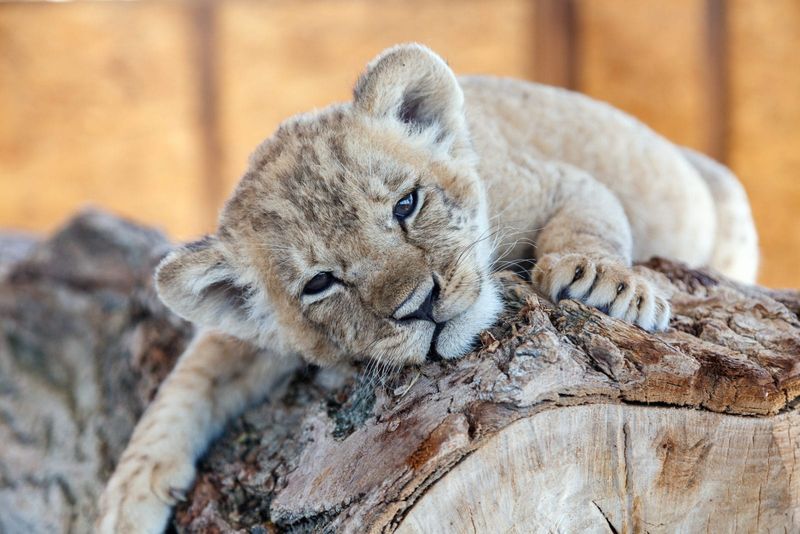
Lion cubs are the playful princes and princesses of the savannah. Born with spotted fur, they blend perfectly into their surroundings, providing them protection. These adventurous young cats spend their early days frolicking in the grasslands.
Under the tutelage of their mothers, they learn essential survival skills. Playtime is crucial, as it builds their strength and coordination.
Bonding with siblings through play enhances their social skills, vital for their future roles in the pride. Their curiosity and courage are boundless, making them fascinating to watch.
Koala Joey
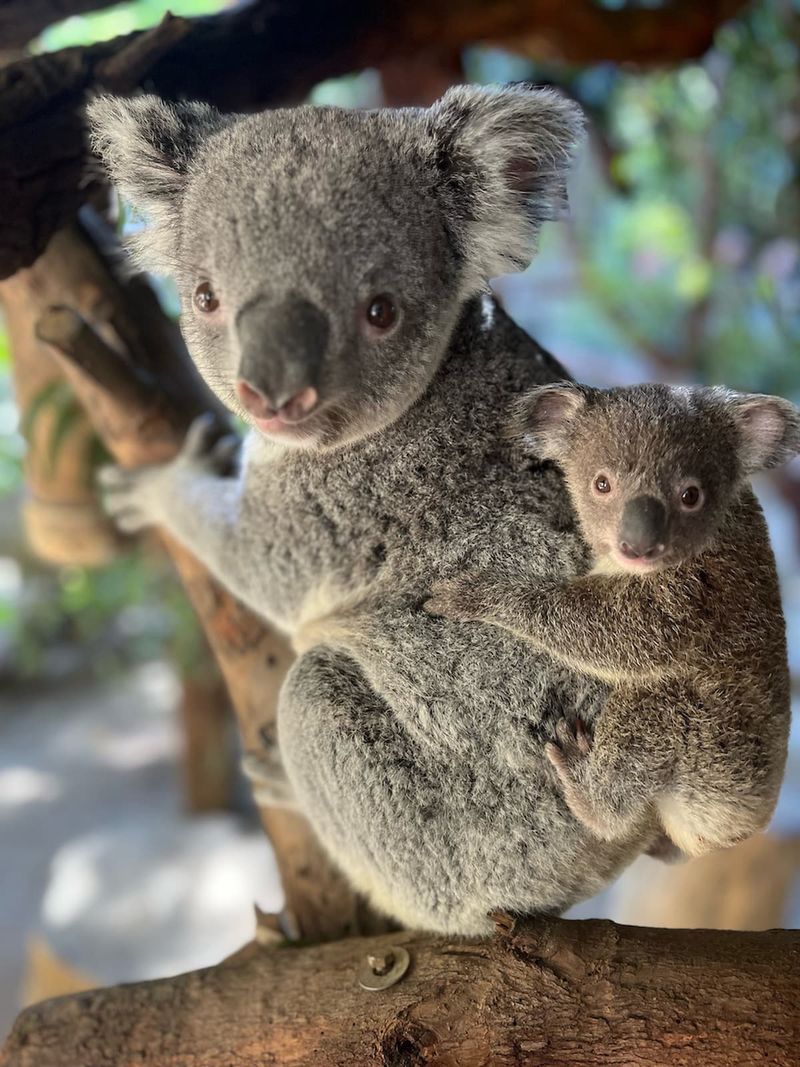
Koala joeys, snugly tucked into their mothers’ pouches, emerge to explore the eucalyptus trees of Australia. These marsupials are born blind and hairless, relying entirely on their mothers for warmth and nutrition.
As they grow, they peek out to observe their leafy world. Transitioning from milk to eucalyptus leaves is a significant milestone in their development.
Their sleepy demeanor is due to their low-energy diet, mainly consisting of eucalyptus. Watching a joey’s first clumsy attempts at tree climbing is a delightful experience, highlighting their gradual independence.
Penguin Chick
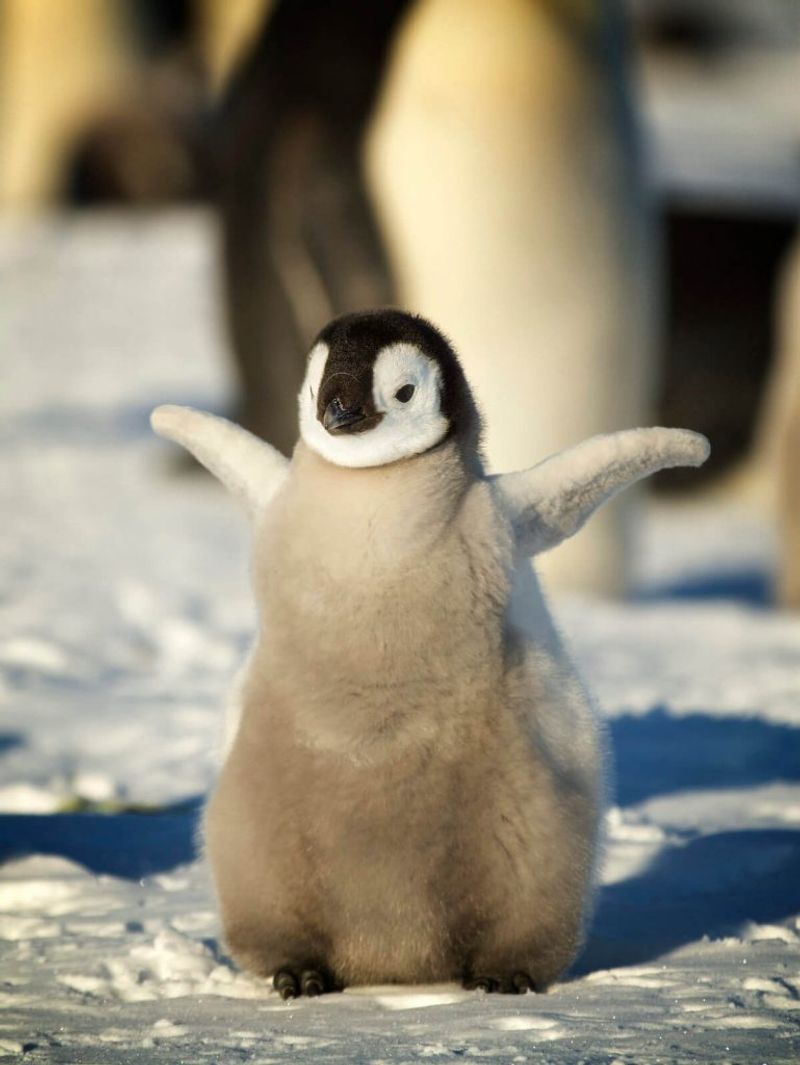
In the harsh climate of Antarctica, penguin chicks huddle together for warmth. Covered in soft down feathers, they rely on their parents for food and protection. The survival of these chicks is a testament to the resilience of life in extreme conditions.
Their waddling attempts at walking on ice are both amusing and endearing. Parent penguins take turns feeding their chicks, regurgitating food procured from the sea.
As they grow, their fluffy down is replaced by sleek feathers, preparing them for a life in the icy waters. Their journey to independence is a true marvel.
Giraffe Calf
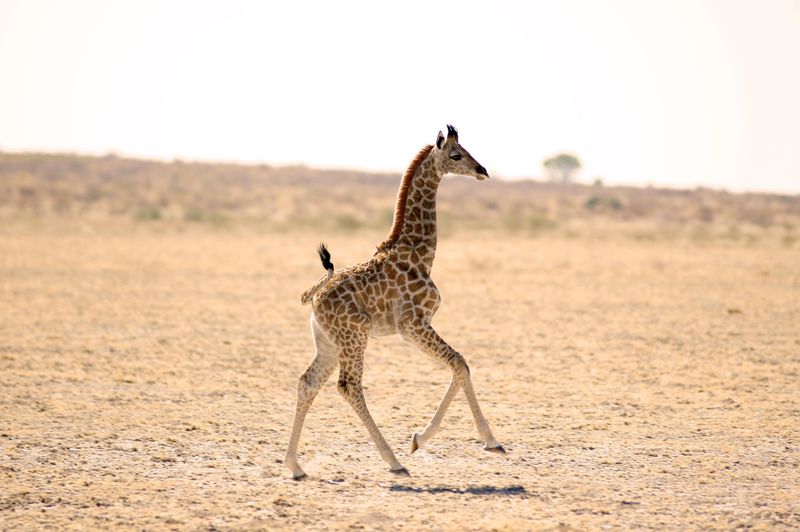
Giraffe calves are born after a dramatic six-foot drop to the ground, a natural process that jumpstarts their survival instincts. Within hours, they stand on their spindly legs, ready to explore their towering world.
These gentle creatures, with their long necks and curious eyes, are a heartwarming sight. Protected by the herd, they nurture a sense of security while being ever-alert to predators.
Their interactions with older giraffes are crucial for their development, teaching them essential social cues and feeding patterns. Observing their graceful movements is a testament to nature’s artistry.
Duckling
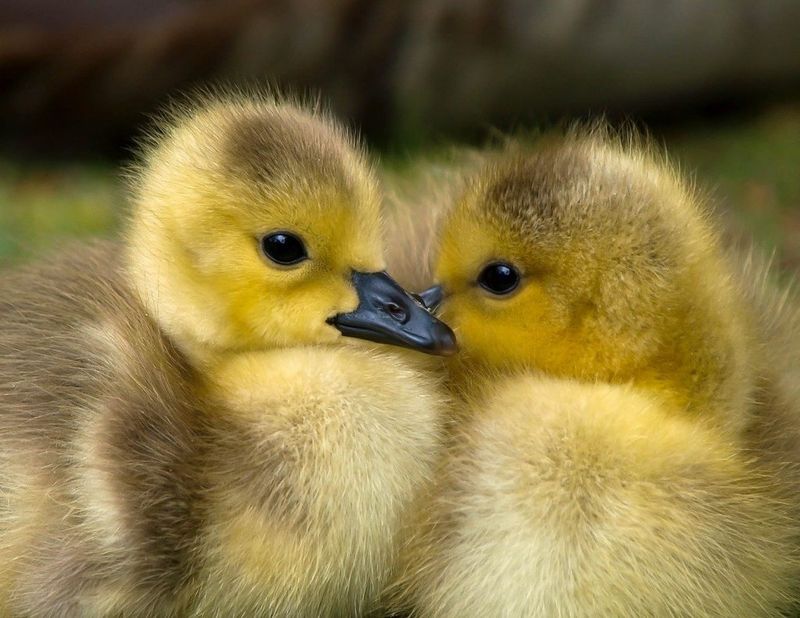
Ducklings are synonymous with innocence and playfulness. Emerging from their shells, they imprint on the first moving object they see, often their mother. This bond is unbreakable, leading them to follow her in tight formation.
Their soft down and tiny webbed feet make them perfectly adapted for both land and water. Ducklings delight in swimming, their fuzzy bodies bobbing on the water’s surface.
Their playful interactions and synchronized movements are not just charming but vital for learning survival skills. Observing a duckling’s first swim is a celebration of life’s simple joys.
Fox Kit
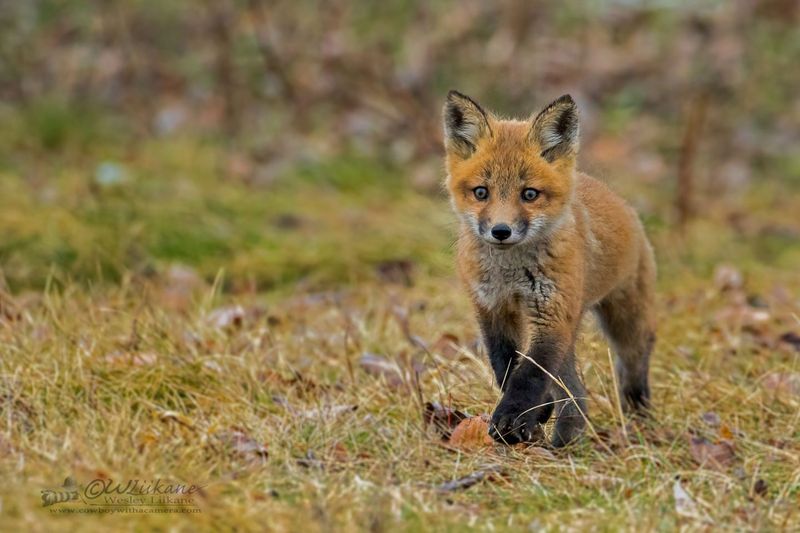
Fox kits, with their bushy tails and bright eyes, are the epitome of curiosity. Born in the safety of a den, they spend their early weeks in a world of darkness, gradually venturing out to explore.
Their playful nature is pivotal, sharpening their hunting skills and social interactions. Kits learn essential survival tactics through playful wrestling and mock hunting sessions.
The bond with their family is strong, as older siblings often assist in their upbringing. Watching a fox kit’s first explorative steps is a charming experience, a glimpse into the future of this clever predator.
Seal Pup
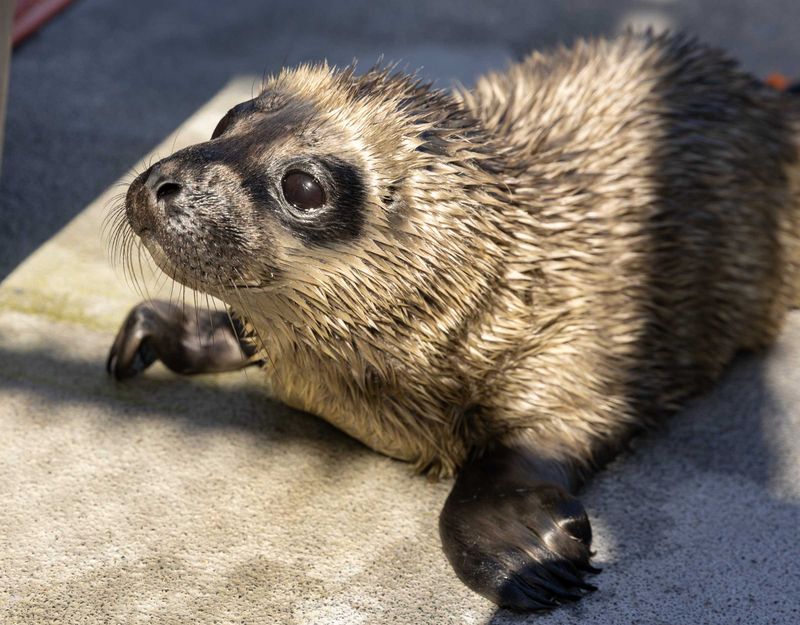
Seal pups are born on icy shores, where their pristine white fur provides camouflage. This early stage of life is crucial, as they nurse on rich milk to build a thick layer of blubber.
Their large, soulful eyes are captivating, reflecting the stark beauty of their environment. As they grow, seal pups engage in playful antics, learning to navigate the slippery ice.
Their journey from clumsy pups to agile swimmers is a testament to their adaptability. Observing seal pups interact with their surroundings is a heartwarming glimpse into the resilience of life in the Arctic.
Sloth Baby
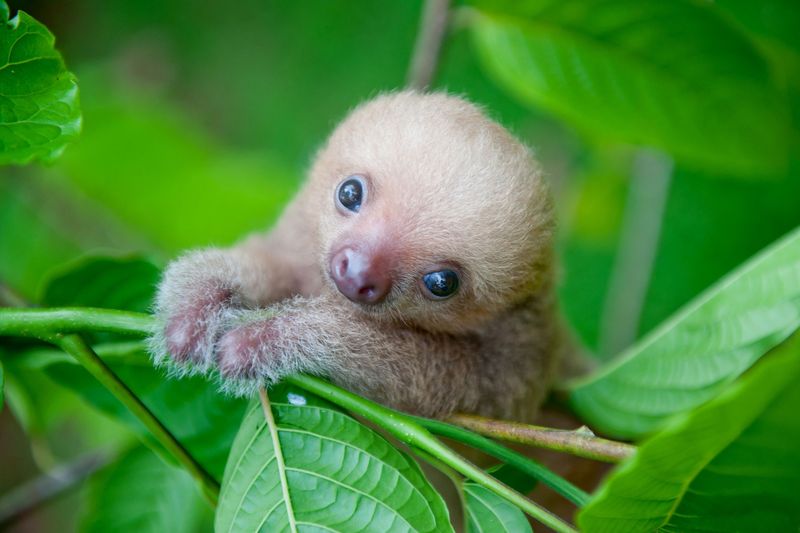
Sloth babies, known for their slow pace, spend their early lives clinging to their mothers. Nestled in the jungles of Central and South America, these gentle creatures exude a calm aura.
Their sleepy eyes and slow movements are captivating, offering a unique perspective on life. Baby sloths have a strong grip, essential for their survival in the tree canopy.
Their diet consists mainly of leaves, reflecting their tranquil lifestyle. Watching a baby sloth’s deliberate movements is a serene experience, highlighting the beauty of taking life at a slower pace.
Hedgehog Hoglet
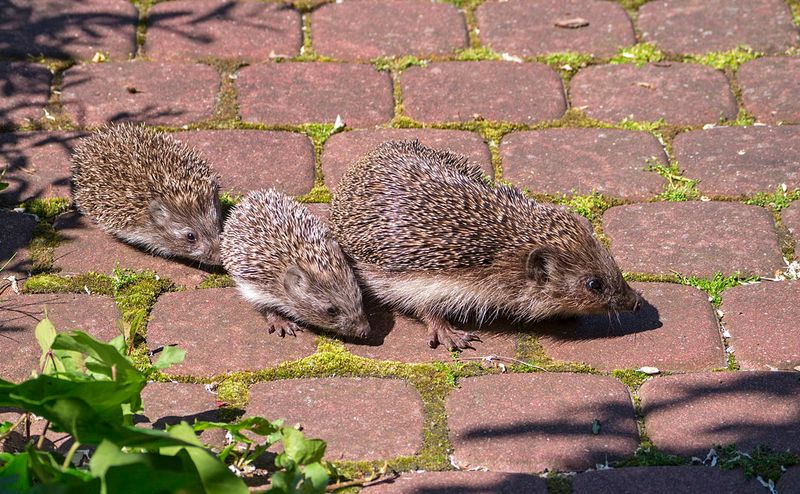
Hoglets, or baby hedgehogs, are born blind and covered in soft spines. As they grow, these spines harden, offering protection from predators. Their tiny snouts and curious eyes are endearing features.
Exploration is a key part of a hoglet’s development, with their nocturnal habits leading them through gardens and forests. Their quills, though sharp, hide a gentle demeanor.
Watching a hoglet’s cautious exploration is a heartwarming sight, as they learn about their world through touch and scent. Their adaptability is admirable, surviving in diverse environments.
Goat Kid
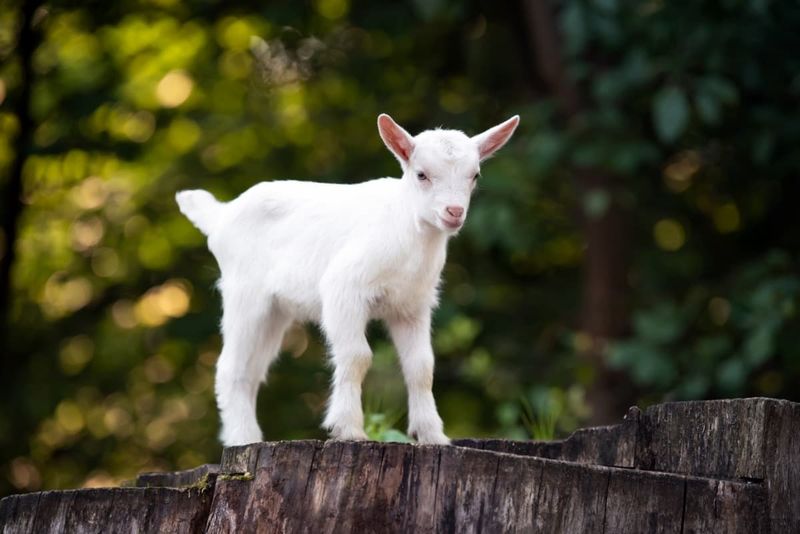
Goat kids are synonymous with energy and playfulness. Born in meadows or rocky terrains, they quickly learn to leap and bound with remarkable agility.
Their playful nature is not just for fun; it’s essential for developing strong muscles and social bonds. These youngsters are curious explorers, often seen climbing rocks and testing their limits.
Their interactions with the herd teach them valuable social skills, crucial for their integration. Watching a goat kid’s joyful jumps and frolics is a delightful reminder of life’s exuberance.
Polar Bear Cub
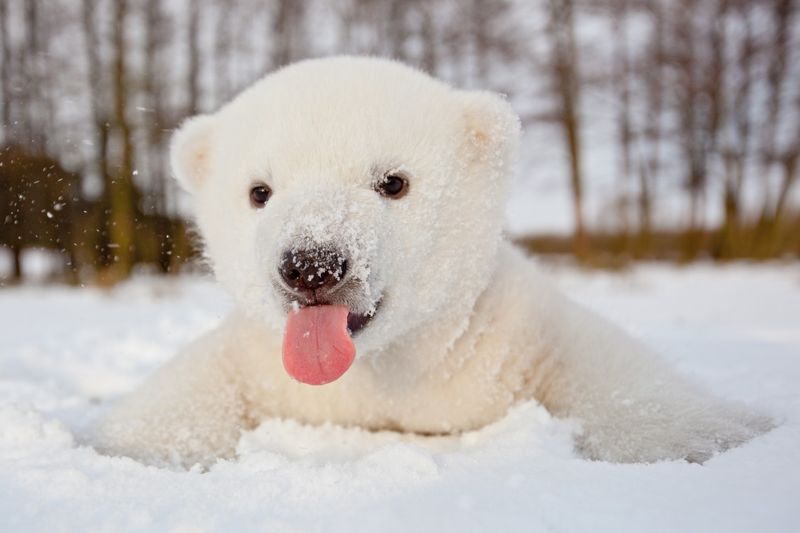
Polar bear cubs, born in the chilling Arctic, are the epitome of resilience. Under the nurturing care of their mother, these cubs learn to navigate their icy world.
Their playful demeanor is essential for developing survival skills. Rolling in the snow and sliding on ice are common sights, as they mimic their mother’s ways.
The bond between a polar bear cub and its mother is strong, offering warmth and protection. Observing their playful interactions is a heartwarming glimpse into the lives of these magnificent creatures.
Kangaroo Joey
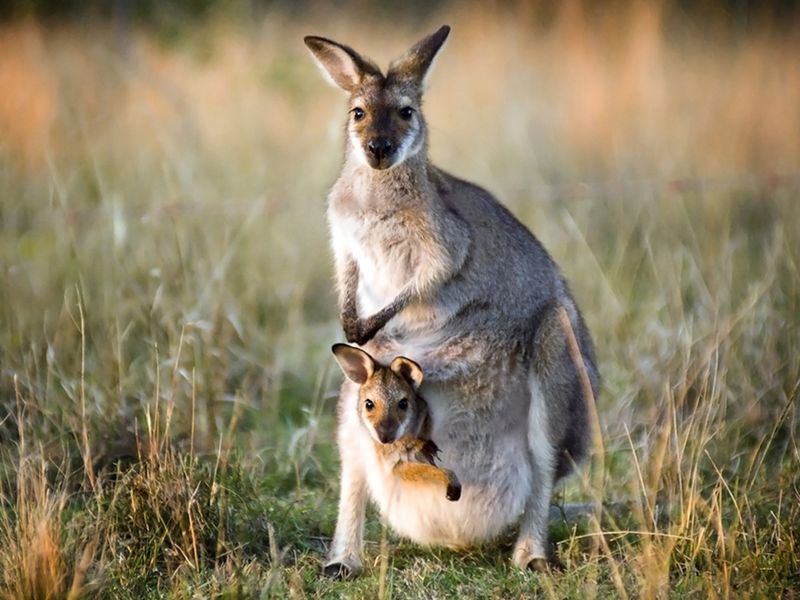
Kangaroo joeys spend their early months securely tucked in their mothers’ pouches. This unique marsupial start gives them warmth and access to nourishment as they grow.
As they mature, joeys begin to peek out, exploring the vast Australian landscape. Hopping around with their mothers, they learn the intricacies of survival in the outback.
Their powerful hind legs and curious nature make them fascinating to watch. Observing a joey’s first tentative hops is a delightful experience, showcasing the marvel of kangaroo development.
Squirrel Kit
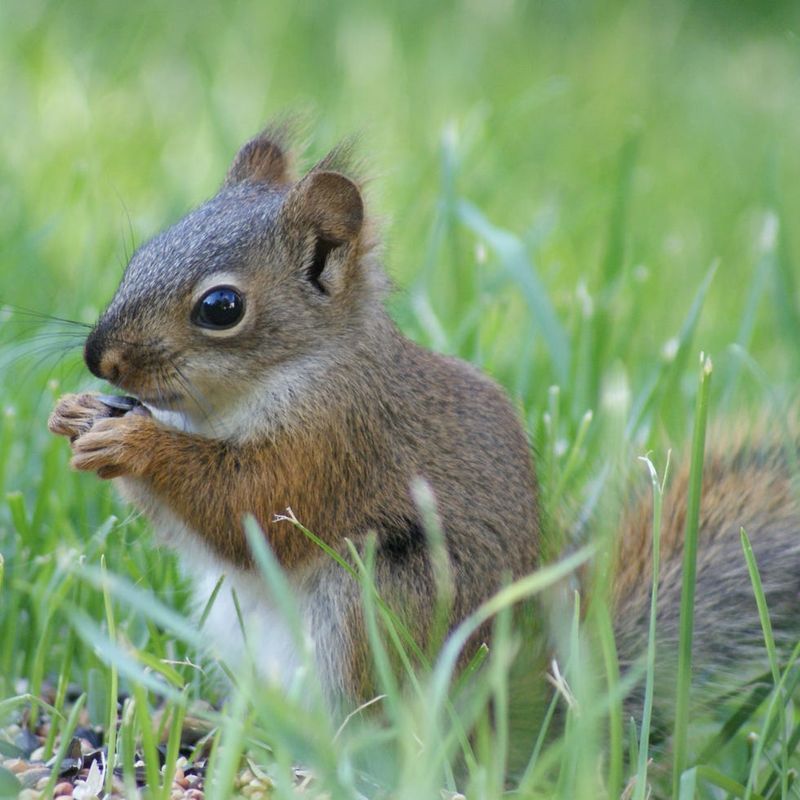
Squirrel kits are born in nests high in the trees, where they spend their first weeks sheltered from predators. Their fluffy tails and bright eyes make them particularly appealing.
As they grow, their agility improves, with daring leaps from branch to branch becoming a crucial part of survival. Their playful chases are both entertaining and educational.
Their diet of nuts and seeds provides the energy needed for their lively antics. Observing a kit’s first clumsy attempts at tree climbing is a charming sight, highlighting their journey to independence.
Otter Pup
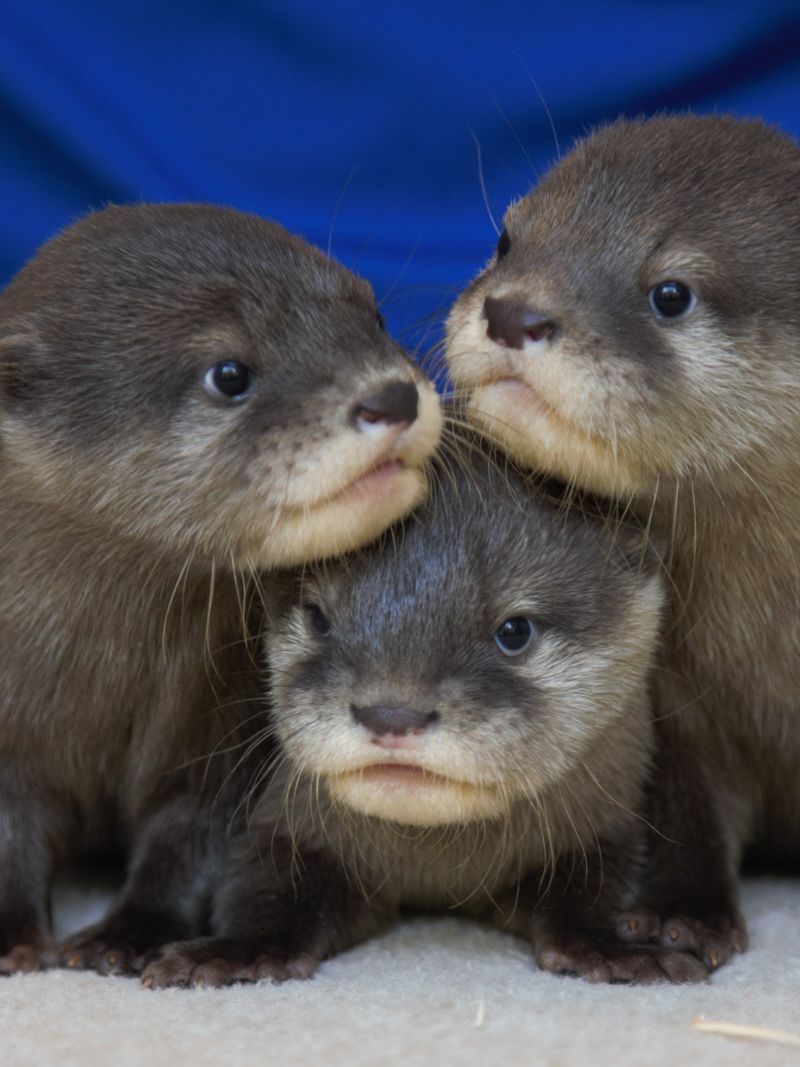
Otter pups are born in dens near water, where their early days are spent in playful discovery. Their webbed feet and sleek bodies are perfectly adapted for life in water.
Play is a central part of their development, teaching them vital skills for catching fish. Their mothers are devoted, guiding them in the ways of the river.
Floating on their backs, otter pups are often seen practicing their swimming techniques. Watching their joyful antics is a delightful experience, showcasing the vibrant life of river ecosystems.
Raccoon Kit
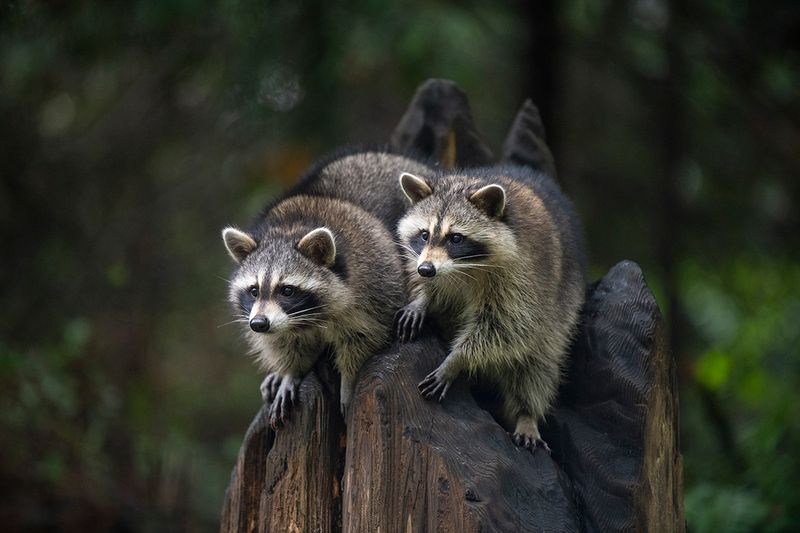
Raccoon kits are born with an innate curiosity, often found exploring backyards and woodlands. Their masked faces and dexterous paws make them skilled adventurers.
As nocturnal creatures, their explorations begin at dusk, with siblings often accompanying them. Their playful antics are not only entertaining but crucial for learning survival skills.
From raiding bird feeders to climbing trees, raccoon kits learn to adapt to various environments. Observing their clever problem-solving is a testament to their intelligence and adaptability.
Chimpanzee Infant
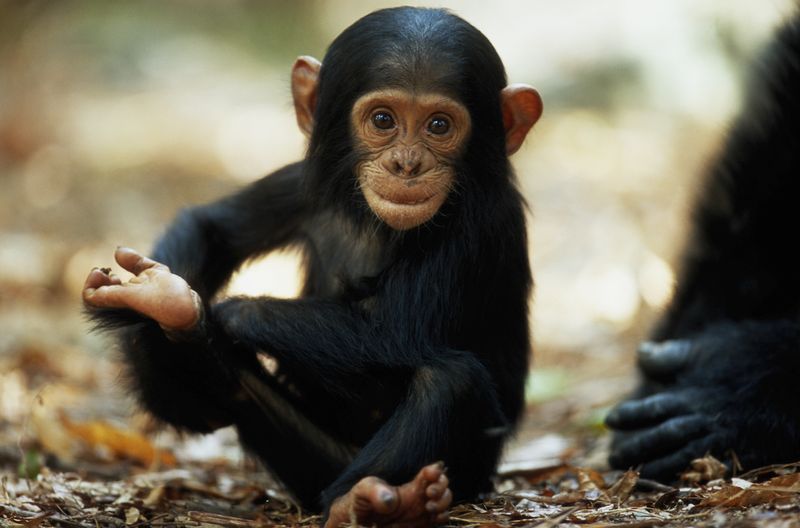
Chimpanzee infants are born in the dense forests of Africa, where their early lives are intertwined with their mothers’. These intelligent creatures exhibit complex social behaviors from a young age.
Their playful interactions with siblings and peers are vital for learning social cues and building relationships. With their mothers’ guidance, they explore their environment with growing confidence.
Their expressive faces and agile movements captivate observers, offering a glimpse into the rich social structure of chimpanzee communities. Watching an infant’s first ventures is a heartwarming experience.
Rabbit Kit
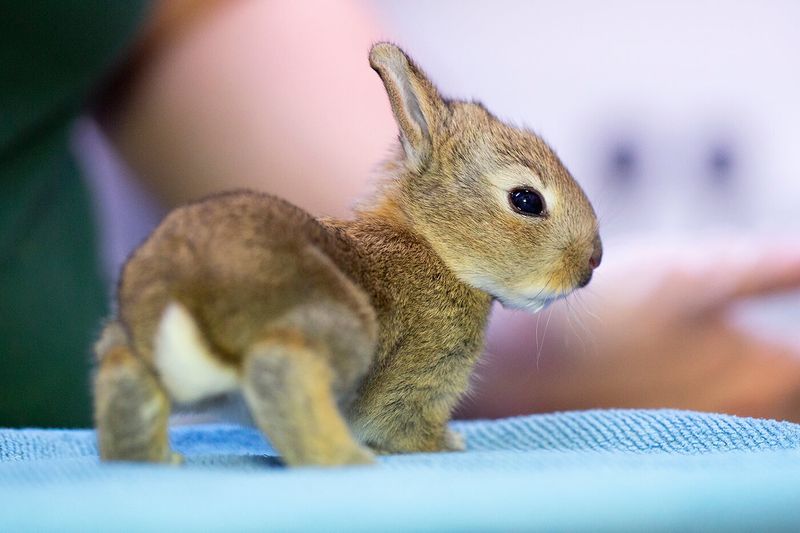
Rabbit kits are the embodiment of cuteness, with their large ears and twitching noses. Born in burrows, they emerge to explore the verdant meadows and fields.
Their playful hops and bounds are essential for building strong limbs and coordination. As they nibble on clover and grasses, they learn about the abundance of their habitat.
Social interactions with siblings and other kits are crucial for developing communication skills. Observing a rabbit kit in its natural environment is a delightful reminder of nature’s gentleness.
Fawn
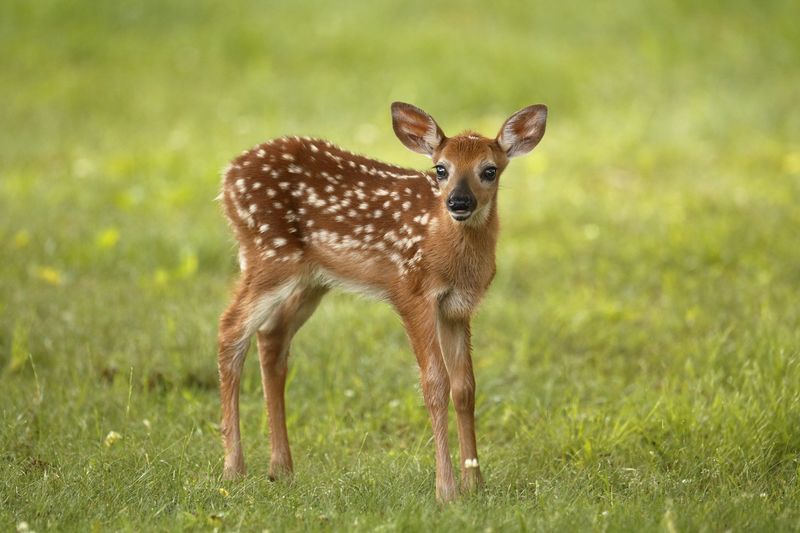
Fawns, with their delicate spots and wide eyes, embody grace and innocence. Born in forest clearings, they rely on their mother’s guidance to navigate their new world.
Their spots provide natural camouflage, helping them hide from predators in the dappled forest light. As they grow, their playful frolics in the underbrush develop their agility and strength.
The gentle bond between a fawn and its mother is a testament to the nurturing aspects of wildlife. Observing a fawn’s tentative steps is a heartwarming experience, showcasing the beauty of new life.
Puppy
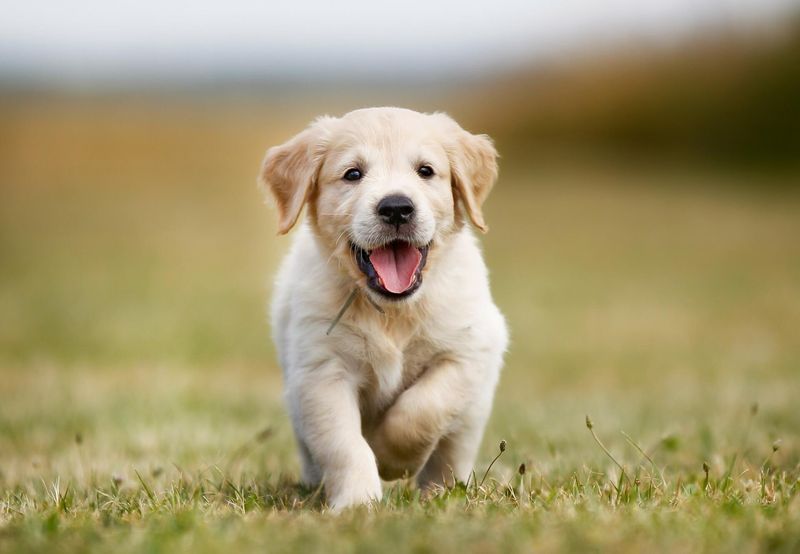
Puppies are bundles of energy and affection, known for their playful antics and loyalty. Born in litters, they develop social skills through interactions with their siblings.
Their boundless energy is channeled through play, which is crucial for developing coordination and strength. Training and socialization are important aspects of a puppy’s upbringing.
Their eagerness to explore and learn makes them delightful companions. Observing a puppy’s playful romp in a field is a joyful experience, capturing the essence of their spirited nature.
Kitten
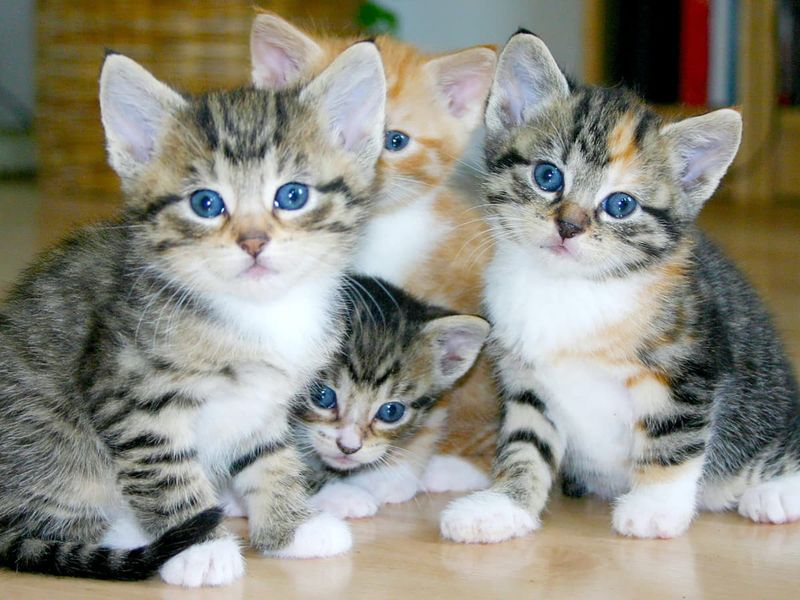
Kittens bring joy with their playful energy and mischievous antics. Born in litters, they learn essential skills through play with their siblings.
Their curiosity leads them to explore every corner of the home, often finding endless entertainment in the simplest of objects. Socialization with humans and other pets is key to their development.
Their purring and kneading are signs of contentment, endearing them to their human companions. Watching a kitten play is a charming experience, full of laughter and warmth.
Calf
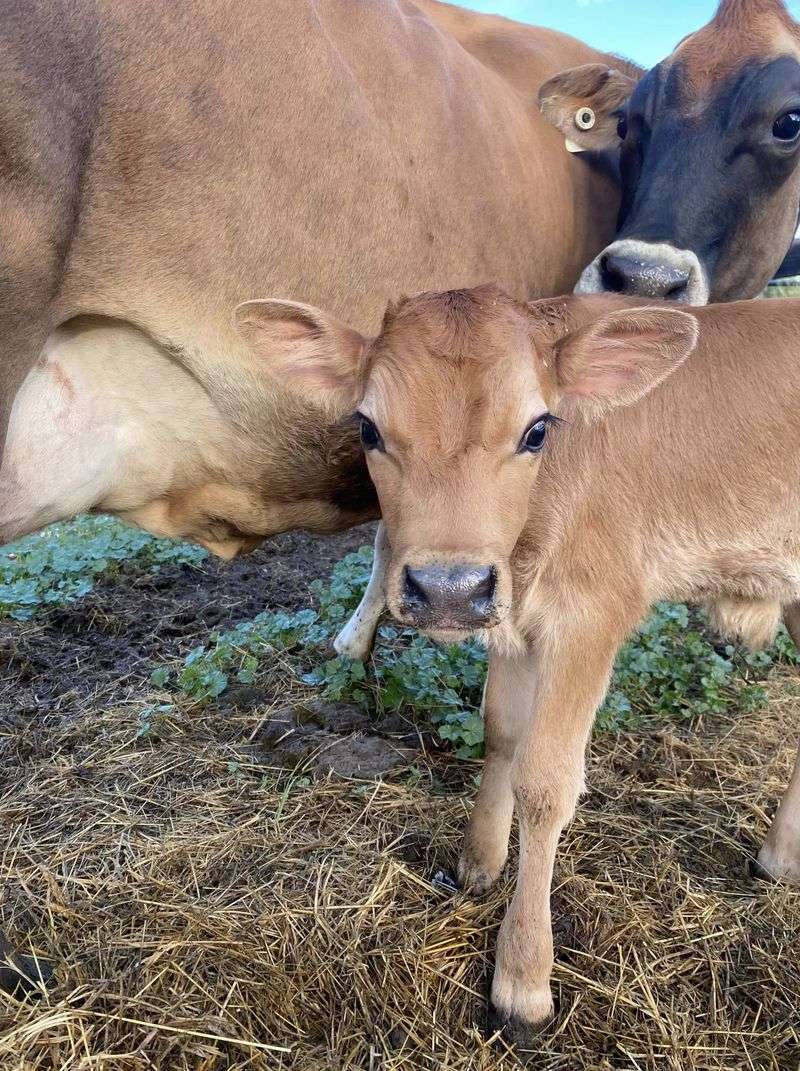
Calves are born into herds, where they quickly learn the dynamics of their social groups. With their large eyes and gentle disposition, they are a symbol of innocence.
Their early days are spent frolicking in meadows, building the muscle strength needed for later life. The bond with their mothers is strong, ensuring they receive the nourishment and protection they need.
Social interactions within the herd are crucial for their development, teaching them essential survival skills. Observing a calf’s first steps is a delightful glimpse into the beginnings of life on the farm.
Baby Owl
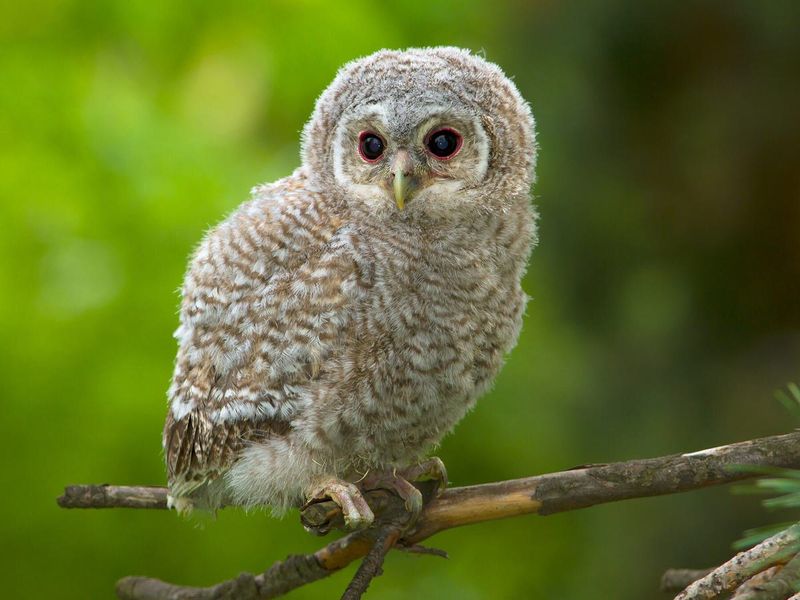
Baby owls, known as owlets, are born in tree nests, their wide eyes taking in their surroundings. These nocturnal creatures are adapted for life in the shadows.
Their fluffy feathers provide insulation, keeping them warm as they learn about their environment. Owlets develop their hunting skills through play, guided by their parents.
The silent flight of an owl is a marvel, and watching an owlet’s first attempts is enchanting. Observing these creatures grow and thrive in the wild is a testament to nature’s wonders.
Cheetah Cub
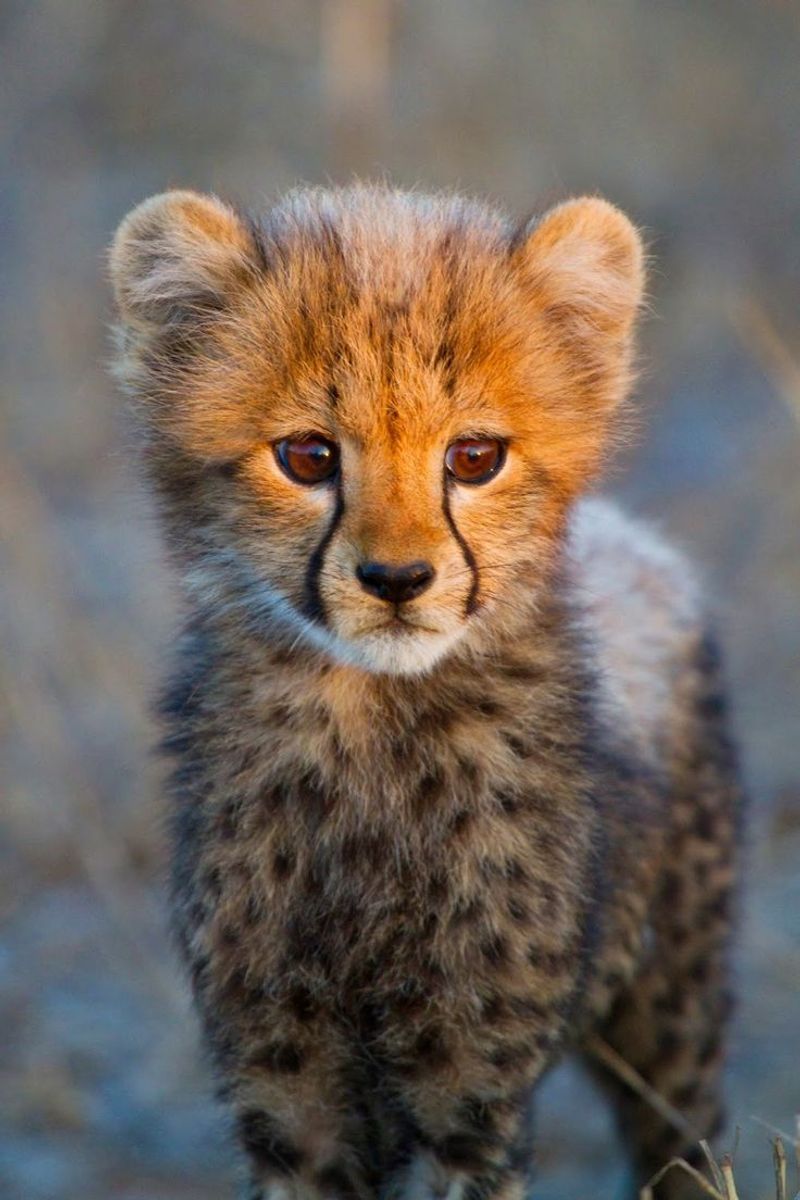
Cheetah cubs are the speedy darlings of the savannah. Born with a mantle of fur for camouflage, they are masters of stealth and speed.
Their playful chases are not just for fun; they hone the skills needed for the hunt. Mother cheetahs are patient teachers, demonstrating the art of the chase.
These cubs are full of energy, exploring their surroundings with zest. Observing a cheetah cub in action is thrilling, showcasing the grace and agility of these magnificent animals.
Baby Meerkat
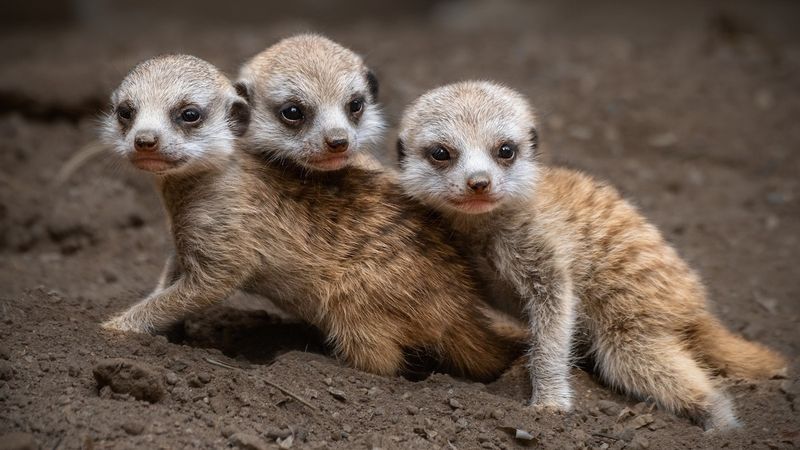
Baby meerkats, also known as pups, are incredibly social creatures that thrive in close-knit communities. Found primarily in the deserts of southern Africa, these tiny animals are born blind and rely heavily on their family group for care and protection.
As they grow, they become more adventurous, often standing upright on their hind legs to survey their surroundings. This behavior, coupled with their soft fur and expressive eyes, makes them irresistibly cute to observers. Their playful interactions and tiny playful barks are a delight to watch, endearing them to anyone who encounters them.
Quokka Joey
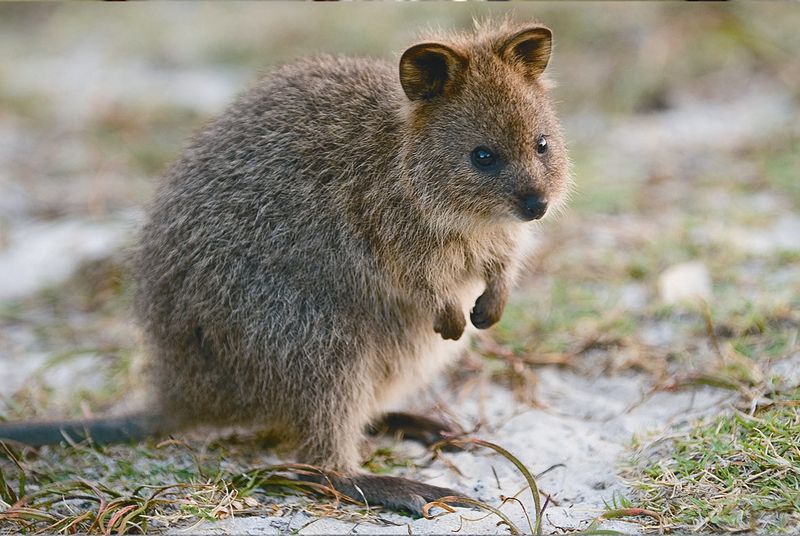
© Rottnest Media Centre – WordPress.com
The quokka, often referred to as the ‘happiest animal on Earth,’ has an equally charming baby. Quokka joeys begin their life in their mother’s pouch, where they develop safely for several months. These small marsupials are native to a few islands off the coast of Western Australia, where they hop around with boundless energy.
Once they leave the pouch, their constant grin and friendly demeanor make them popular subjects for photographers. Their eagerness to explore their environment and interact with humans adds to their charm and has made them social media favorites.
Baby Alpaca
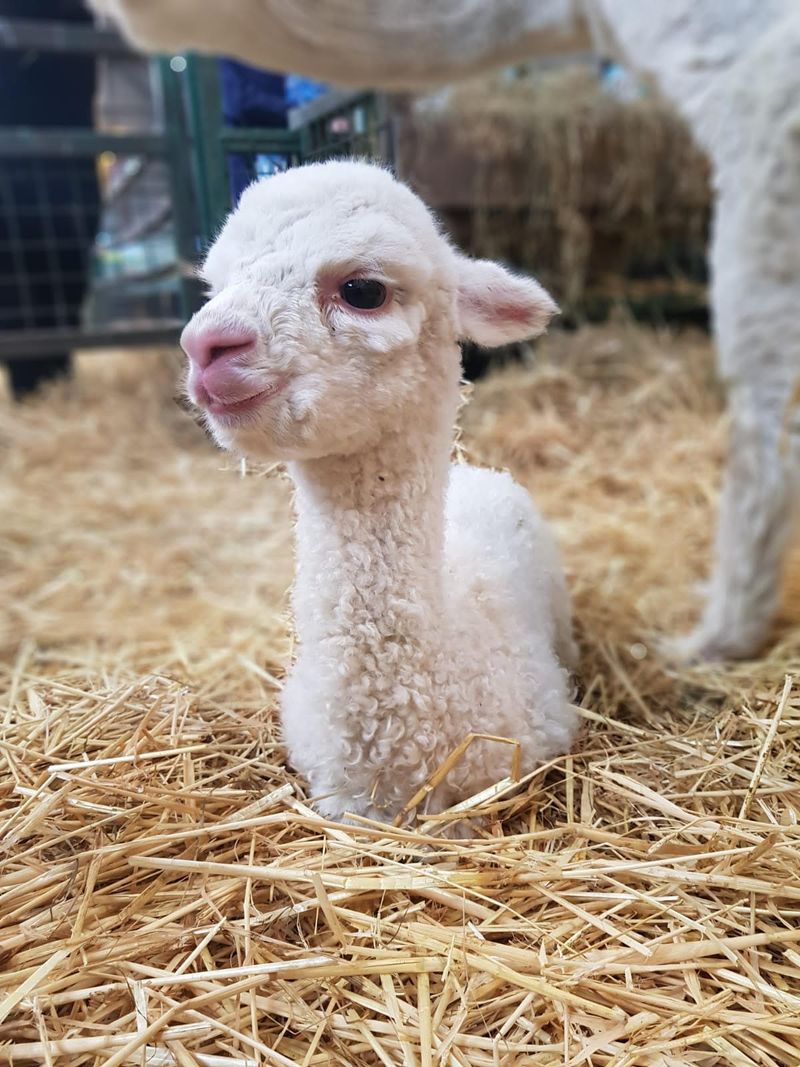
Baby alpacas, known as crias, are born in the high altitudes of the Andes mountains, primarily in Peru. These gentle creatures are incredibly fluffy, with a soft fleece that makes them look like walking clouds. Their gentle nature and inquisitive eyes add to their adorable appeal.
As they grow, crias form strong bonds with their herd, often seen grazing alongside their mothers. Their playful jumps and gentle bleats are heartwarming, making them a beloved sight in their native regions and among tourists.
Fennec Fox Kit
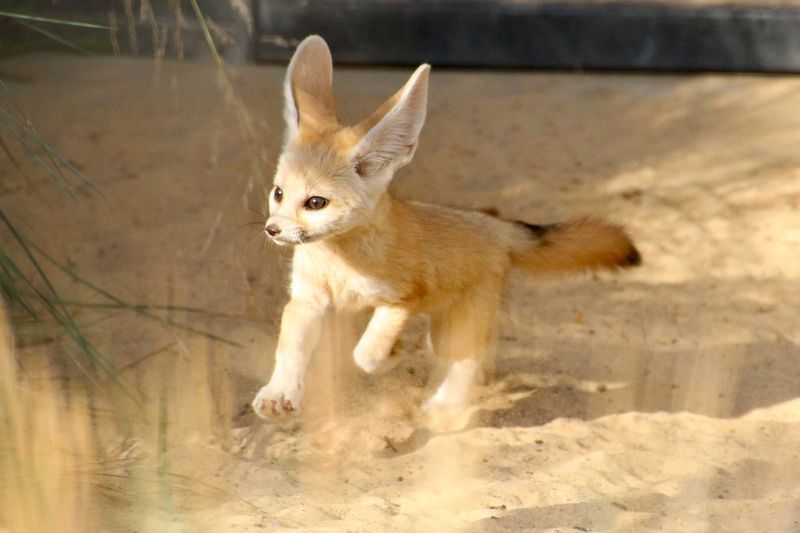
Fennec fox kits are the epitome of desert adaptation, with their enormous ears and sandy-colored fur. Native to the Sahara Desert, these kits are born in dens where they remain safe until strong enough to explore their arid environment.
Their large ears not only aid in dissipating heat but also make them incredibly cute. As they grow, they exhibit playful behavior, digging in the sand and chasing each other around. Their curious nature and endearing appearance make them a favorite among wildlife enthusiasts.
Baby Axolotl
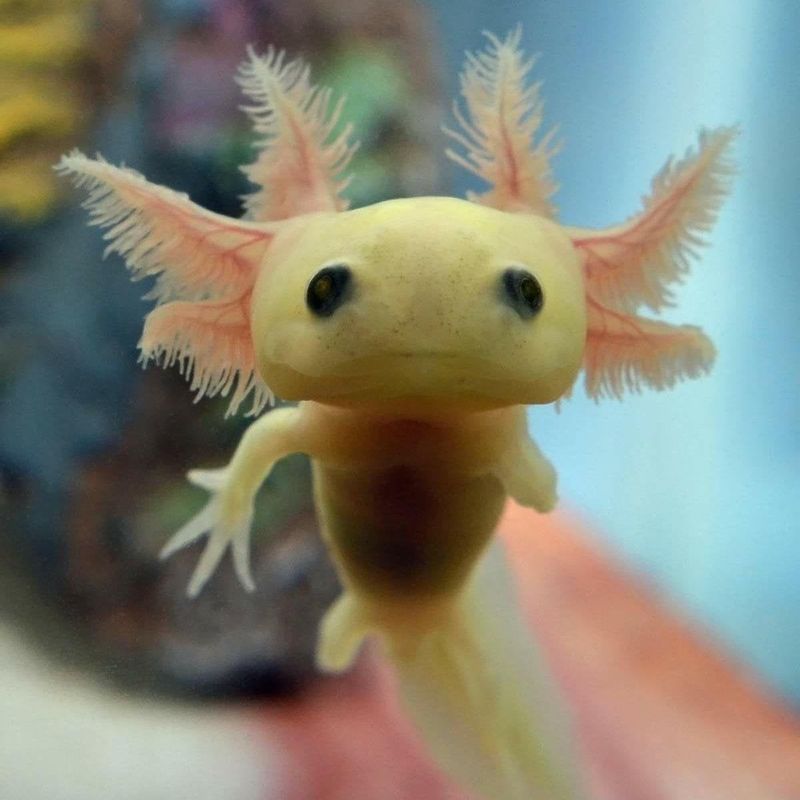
Meet the baby axolotl, an enchanting creature resembling a tiny dragon. Native to Mexico’s freshwater lakes, these juveniles boast frilly, feather-like gills and a perpetual smile. With their unique ability to regenerate limbs, axolotls captivate scientists and animal lovers alike.
In their natural habitat, they thrive among aquatic plants, darting gracefully through clear waters. Their pearlescent bodies shimmer, reflecting a spectrum of soft pastel hues.
These little water-dwelling wonders are a living testament to nature’s creativity, offering a glimpse into a world where fantasy meets reality. Truly, they are among the most charming aquatic babies ever.

